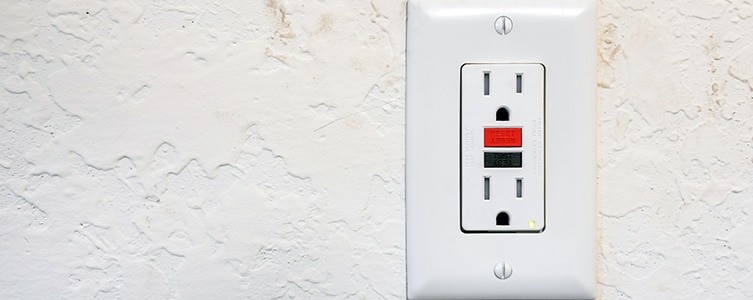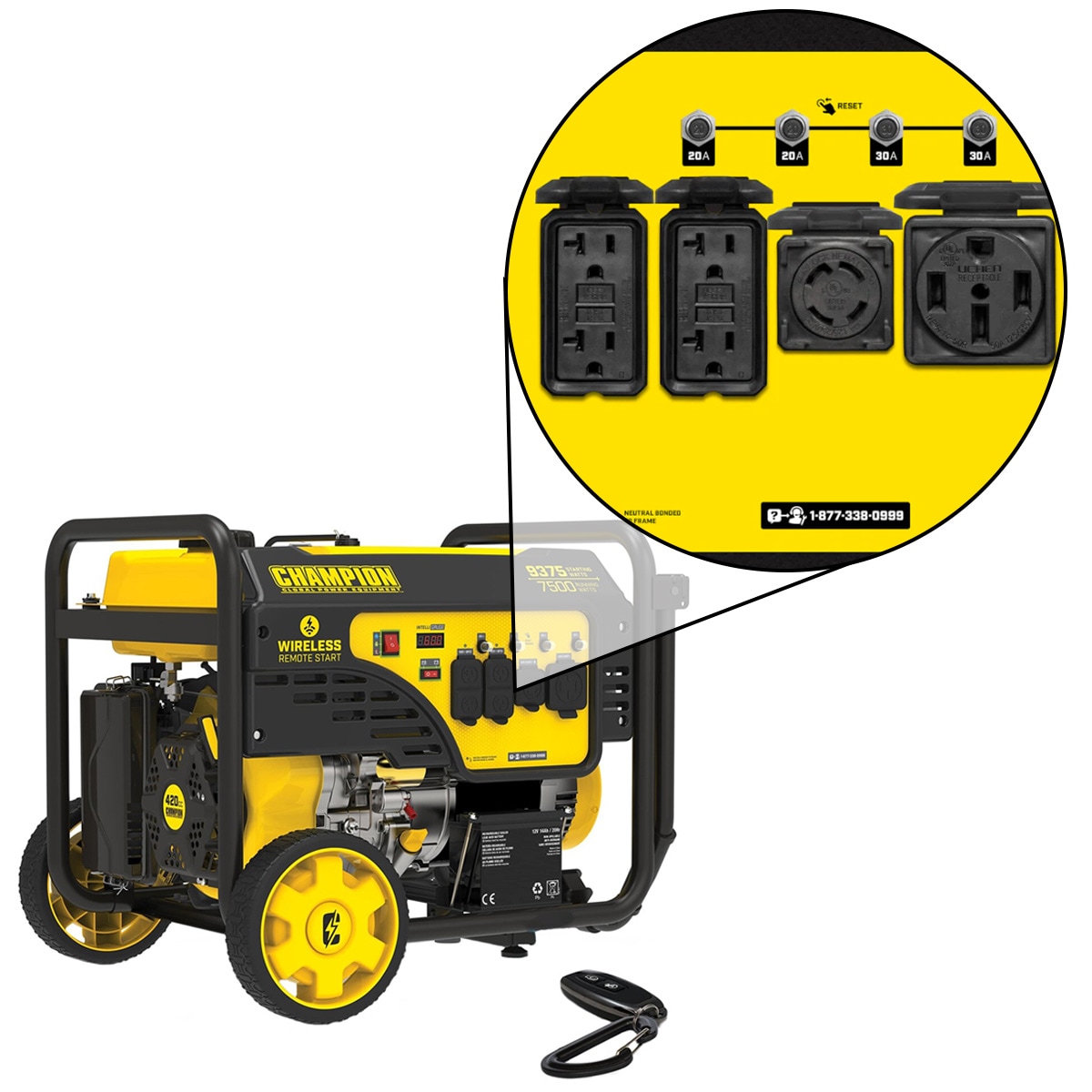
What is a GFCI Outlet and How to Test It
We've all seen the little red and black buttons on some electrical outlets before. You might have pressed them indiscriminately as a kid not knowing why they’re there.
Now, as a homeowner, you should understand that these are called ground fault circuit interrupters, or GFCI switches, and they are crucial to your safety.
>> Subscribe for More Home Tips
What is a GFCI Outlet and How Does It Protect You?
GFCI outlets are designed to break an electrical circuit if they detect that electricity is flowing anywhere other than through the plugged-in device.
Let’s illustrate this. Whenever you plug in a device, such as a hairdryer, into an electrical outlet, it creates a closed loop of electricity, called a circuit. Electricity moves from the outlet to the hairdryer and back to the outlet.

Now, suppose there’s a defect in this loop—a frayed cord or loose connection—electricity can now flow outside the circuit toward the ground. This is called a ground fault. If this happens while you’re holding the hairdryer, especially around water in the bathroom, the electricity can flow right through you! Alternatively, if you drop the device into water, the electricity will energize that water. If you put your hand in it, you’ll be electrocuted. Even relatively small amounts of electricity can cause burns, heart damage, and death.
For this reason, the National Electric Code requires that you have a GFCI switch on any outlet near water, such as in bathrooms and kitchens. The GFCI switch will cut all power to the circuit if it senses a ground fault, possibly saving your life.
How Does a GFCI Outlet Work?
So how does a GFCI outlet know if there’s a ground fault? GFCI outlets measure the amount of electricity flowing into and out of the plugged-in device and compare the two. In a closed circuit, the amount should be the same. If power levels differ even by 0.006 amperes, the switch determines that electricity is escaping and immediately cuts the power (in some cases within 1/30 of a second).

When installed on a leading outlet, a GFCI outlet also provides protection for all outlets downstream on the same circuit. That means if one outlet on the circuit trips, all the ones downstream will also shut off. This is more common in older homes that go back to when GFCI switches were more expensive.
Where Are GFCI Outlets Usually Located?
The National Electrical Code requires GFCI protection in the following for all new construction and major renovations:
- Outdoors
- Kitchens
- Bathrooms
- Crawl Spaces
- Garages
- Laundry Sinks
- Home Bars
If your home is old enough and you don’t have GFCI outlets in these areas, you should strongly consider having them installed. They usually cost less than $50, a small price to pay for the protection they provide.
How to Test a GFCI Outlet
Testing a GFCI outlet is extremely easy, and most safety experts recommend doing so once a month since GFCI switches can sometimes fail without warning.
Each GFCI outlet has two rectangular buttons. One is a black button and says “Test” The other is a red button and says “Reset.” Sometimes, the buttons won't have a color.

Simply press the “Test” button. This will simulate the outlet cutting power, and you’ll hear a “click” sound. Now, plug in any device and it shouldn’t work. If the device does turn on, it means your GFCI switch is faulty, and you should get a new one installed as soon as possible.
Once you’re done testing, simply press the “Reset” button, and the outlet will restore power flow.
GFCI Outlet Not Working. Now What?
It has happened to everyone. You plug in a device into a GFCI outlet, and it won’t turn on. The outlet has likely tripped due to nearby moisture. Sometimes, an over-accumulation of dust or debris near the outlet can also trip it. Maybe you or someone accidently bumped the “Test” button at some point and forgot to reset it. Perhaps a child was playing with the buttons (big no-no). Press the “Reset” button to restore power flow.
What if the GFCI Outlet Won’t Reset?
If your GFCI outlet won’t reset, it may be faulty. Typically, GFCI switches last between 10-15 years, so if you're unsure how old it is, consider getting it replaced.
Alternatively, it’s possible that the circuit feeding that outlet has tripped, so no power is even getting to it. To fix this, you’ll need to go turn the circuit back on in the main breaker panel.
Whenever dealing with electricity, you should always err on the side of caution and call a professional. In the worst case, you’ll need to have the GFCI outlet replaced, which, again, is relatively inexpensive.
How to Replace a GFCI Outlet?
Replacing a GFCI outlet is more complicated than a standard wall outlet. It involves unscrewing and removing the receptacle and connecting the new one without mixing up the line and load terminal wires.
The wiring can be confusing unless you have significant electrical experience, and you may forget to follow important safety steps. Electricity is never something to guess at, so we highly recommend calling a professional electrician to replace your GFCI outlet if it has failed.
GFI vs GFCI
Sometimes, you might encounter the acronym GFI instead of GFCI and wonder if it’s the same thing. GFI stands for ground fault interrupter, and there is absolutely no difference between it and a GFCI besides having one fewer letter in the name. The terms GFI and GFCI are completely interchangeable and mean the same thing—they interrupt faults in electrical grounding.
GFCI Generators
GFCI technology is increasingly being applied to the manufacturing of generators as a safety measure. GFCI generators contain a built-in GFCI switch that will trip if it senses a faulty appliance or too much amperage being pulled.

Should your GFCI generator ever trip, wait 15 minutes before resetting it. If it keeps tripping, inspect your plugged-in appliance for any defects because it likely means that electricity is flowing incorrectly and could pose a hazard.
If you want to connect a bonded neutral GFCI-protected generator to a manual transfer switch, then you will need to make sure the transfer switch is GFCI-compatible. Otherwise, a regular transfer switch panel will likely trip your generator's breaker each time you try to use it.
Be Grateful for GFCI
Most of us don’t ever worry about getting shocked in the bathroom, which is a testament to the great job GFCI outlets do in protecting us. Just don’t forget they’re there. Try to test them monthly and replace them when needed to keep you and your family safer.
NEXT: Browse Generators with GFCI Switches

